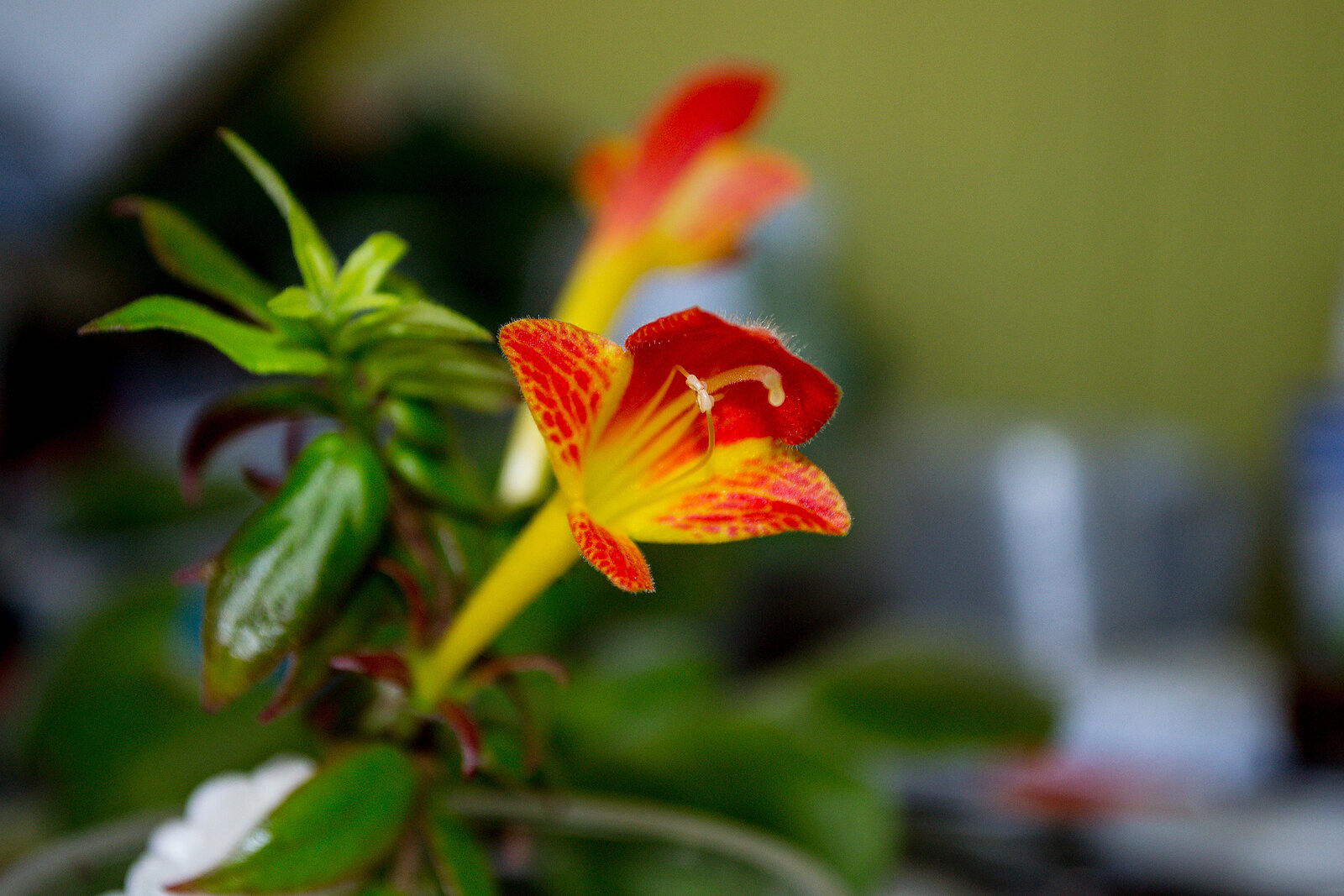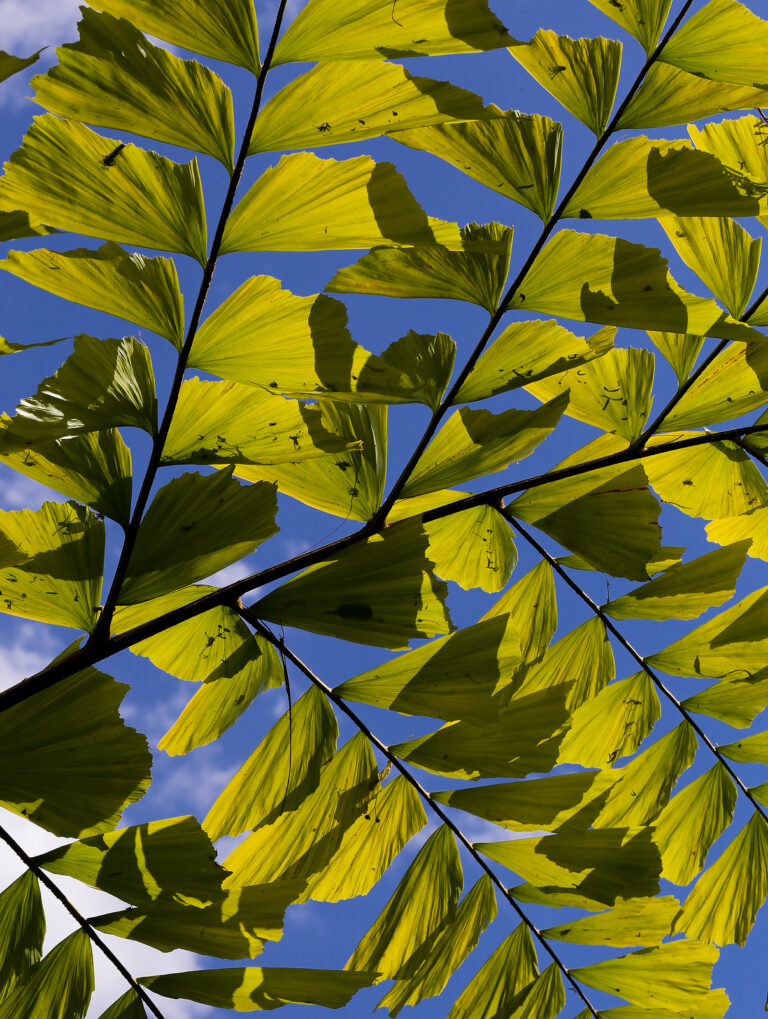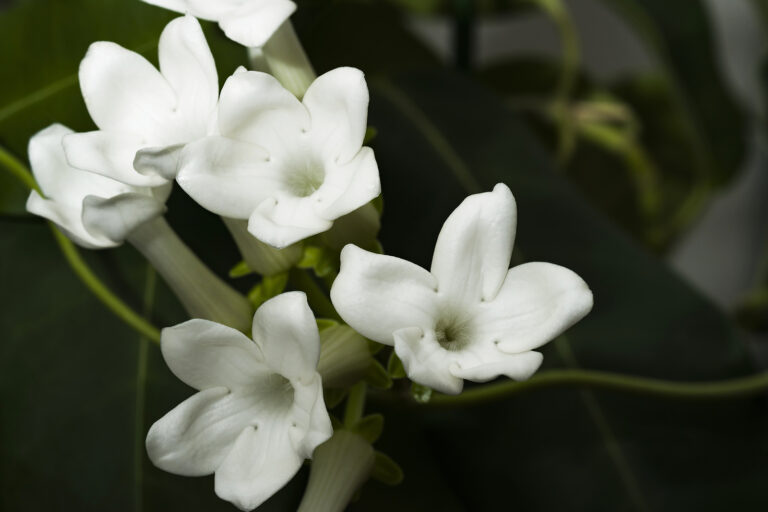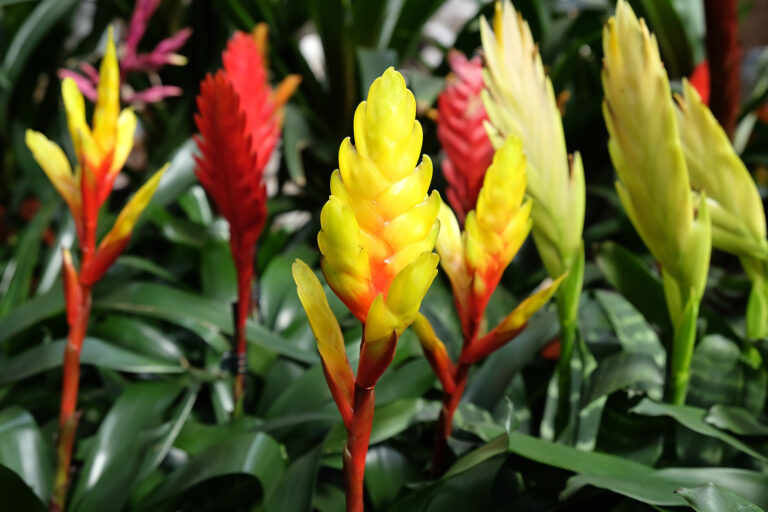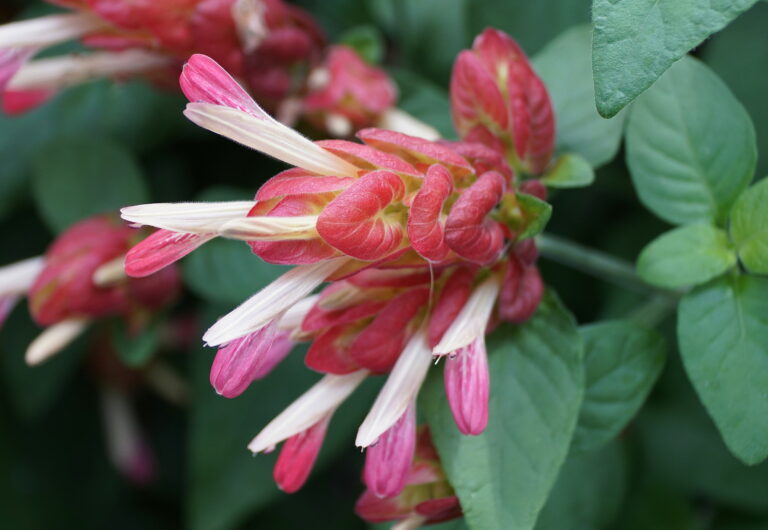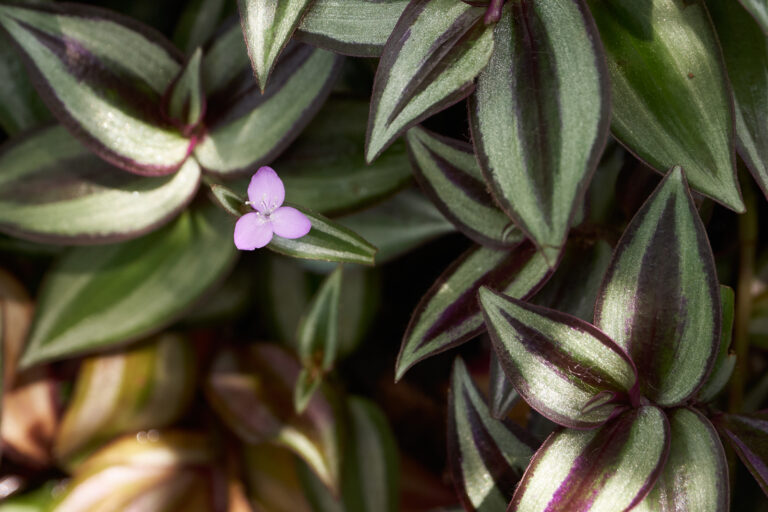How to Grow Columnea – Goldfish Plant
Columnea–often called goldfish plant–is a tropical trailing that produces tubular flowers in shades of brilliant red, orange, or yellow, or combinations of all three. It has branches that arch horizontally or distinctly weep.
Columnea’s tubular flowers are its main attraction. Flowers range from 2 to 4 inches long, when the two-lipped flowers are fully open they look like a goldfish, thus the common name goldfish plant. The primary blooming period lasts for several months; Under the right conditions, Columnea will bloom on and off almost year around.
Columnea can be planted in shaded beds in tropical regions. It grows well among trees and shrubs or epiphytically. It is a good choice for an indoor hanging basket in temperate regions. Under the right conditions, Columnea will bloom on and off almost the year around.
Get to know Columnea
- Plant type: Tropical vining plant
- Growing Zones and range: 10-11
- Hardiness: Tender; prefers temperatures between 65°F and 75°F (18°-24°C)
- Height and width: Vining 24 to 36 inches (61-91cm)
- Foliage: Leaves are often hairy and range in size from ¾ inch (19mm) to 6 inches (15cm), on stems measuring up to 4 feet (1.2m).
- Flowers: Tubular flowers appear in yellow, red, orange, and pink, ½ inch to 3 inches long.
- Bloom time: Blooms on and off year-round; blooms last for several months
- Uses: Houseplant in a hanging basket
- Common name: Goldfish plant, Columnea
- Botanical name: Columnea
- Family: Gesneriaceae
- Origin: West Indies, Mexico, Central America
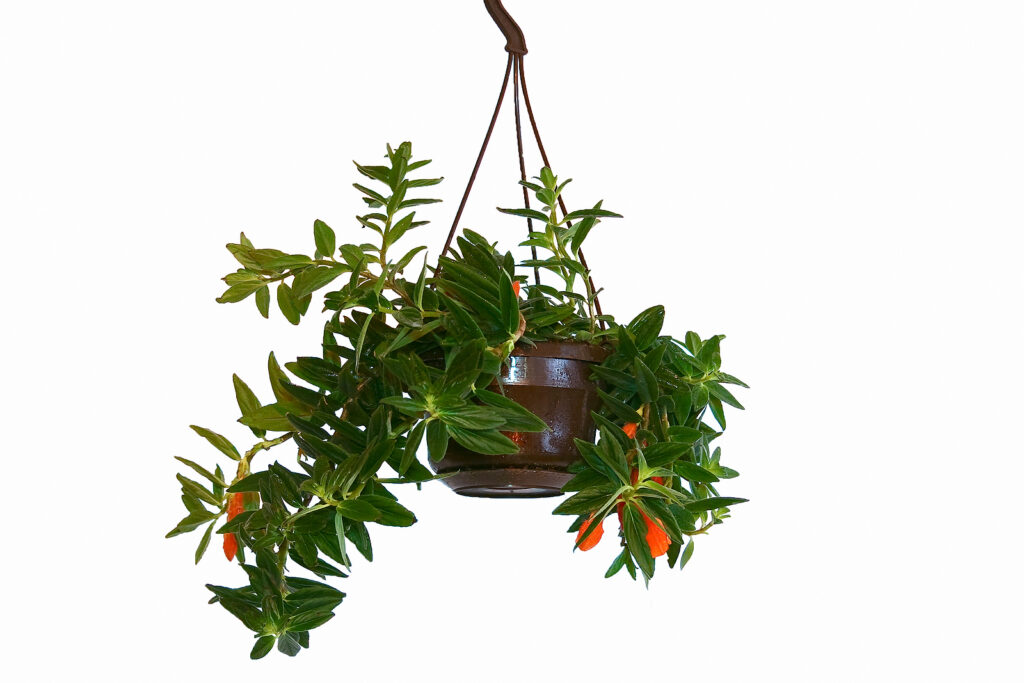
Where to plant Columnea
- Light outdoors: Grow Columnea in partial shade.
- Light indoors: Indoors bright light from eastern, western, or lightly shaded southern exposure with several hours of direct sun in winter.
- Does well under artificial light, needing 14 to 16 hours daily.
- Soil outdoors: Grow in coarse, open, moderately fertile, humus-rich soil.
- Soil indoors: Plant Columnea in an all-purpose potting mix.
How to water and feed Columnea
- Keep the soil moist like a squeezed-out sponge; use tepid water.
- Mist around the plant but not directly on foliage to avoid spotting. A humidity of 70 percent is ideal. Place in a naturally humid room such as a kitchen or bathroom
- Fertilize columnea every two weeks while blooming; use a complete liquid fertilizer.
Columnea care
- Columnea prefers to be potbound; repot only when roots occupy ¾ of pot space.
- Prune after flowering to encourage branching.
- Start a new plant every few years as old growth tends to become woody and leafless.
- To encourage flowering, cut back older branches by 1/3 to ½ in spring.
- To promote flowering, reduce water in fall then withhold completely for a month before resuming a normal schedule.
Growing Columnea as a houseplant
- Columnea grows best in warm temperatures, high humidity, and bright light.
- Columna can be grown under fluorescent light for 14 to 16 hours a day.
- In winter, Columnea prefers cool temperatures which aid in setting flower buds.
- The growing medium should be rich and evenly moist
- In winter, if the plant is not growing or flowering, reduce watering and eliminate fertilizer.
- After the plant has flowered, prune it back to encourage fullness and new growth.
- Pinch the growing tips to keep the plants small and bushy.
Columnea pests and diseases
- Columnea is susceptible to attack by mealybugs and spider mites. Soggy soil may cause root or crown rot.
Columnea propagation
- Start new plants from tip cuttings taken immediately after flowering. Also, propagate from seed.
Columnea varieties to grow
- Columnea ‘Aladdin’s Lamp’, one of the many Columnea hybrids, has trailing branches with glossy, 2 ½-inch-long leaves. Orange-red flowers measure 3 inches long.
- C. arguta features trailing stems with large waxy leaves and salmon-red flowers.
- C. banksii has small, dark green leaves and yellow-marked red flowers.
- C. crassifolia has an erect or semi-erect growth habit.
- C. gloriosa has small leaves and trailing stems and red flowers with yellow throats.
- C. hirta has scarlet-orange flowers; this is a small plant with creeping stems.
- C. linearis grows upright and bears slender, shiny leave, and pink flowers.
- C. microphylla’s. Grows to 5 feet long or more; drooping branches carry tiny coppery leaves; bright red flowers, about 3 inches long, have yellow throats.
- C. ‘Stavanger’, commonly called the Norse fire plant, is a popular Columnea. Trailing stems to several feet long with t pairs of rounded shiny leaves, ½ inch wide; 3 to 4-inch-long red flowers.
Columnea frequently asked questions
Q: How do I grow goldfish plants successfully indoors?
A: Goldfish plants want warm temperatures, high humidity, and bright light. Set the plant in bright light from eastern, western, or lightly shaded southern exposure. You can give it direct sun in winter. You also can grow goldfish plants under 14 to 16 hours of fluorescent light each day. The growing medium should be rich and evenly moist. Mist around the plant, but not directly on it to avoid spotting leaves.
Q: How can I get my goldfish plant to bloom?
A: Goldfish plant needs pampering in order to bloom. Mist frequently around the plant to maintain a moist atmosphere around the foliage. The planting medium must be kept on the dry side in winter. The plant wants cool temperatures–55°- 65°F– to aid in setting flower buds.
Q: How do I prune my goldfish plant?
A: Prune the goldfish plant after it flowers to encourage branching. Pinch the growing tips to keep the plant small and bushy. Start a new plant every few years as old growth becomes woody.
Q: How do I propagate goldfish plants?
A: Take tip cuttings immediately after flowering. Dip the cut end in rooting hormone and place the cutting in a seed-starting mix.

